Vallisneria is the least demanding tank plant in terms of care. Except the fact that little effort is required for keeping it, the plant easily propagates as well. All in all, this is a perfect plant for beginners. Vallisneria species are popular choices for aquariums and provide numerous benefits, including oxygenation, water filtration, and aesthetics. These submerged plants typically have long, narrow leaves that can vary in color, size, and shape depending on the species. Plant is known for its ability to propagate through runners and can form dense stands in aquatic environments. It is a versatile plant that can thrive in a wide range of water conditions, making it suitable for both beginner and experienced aquarists.
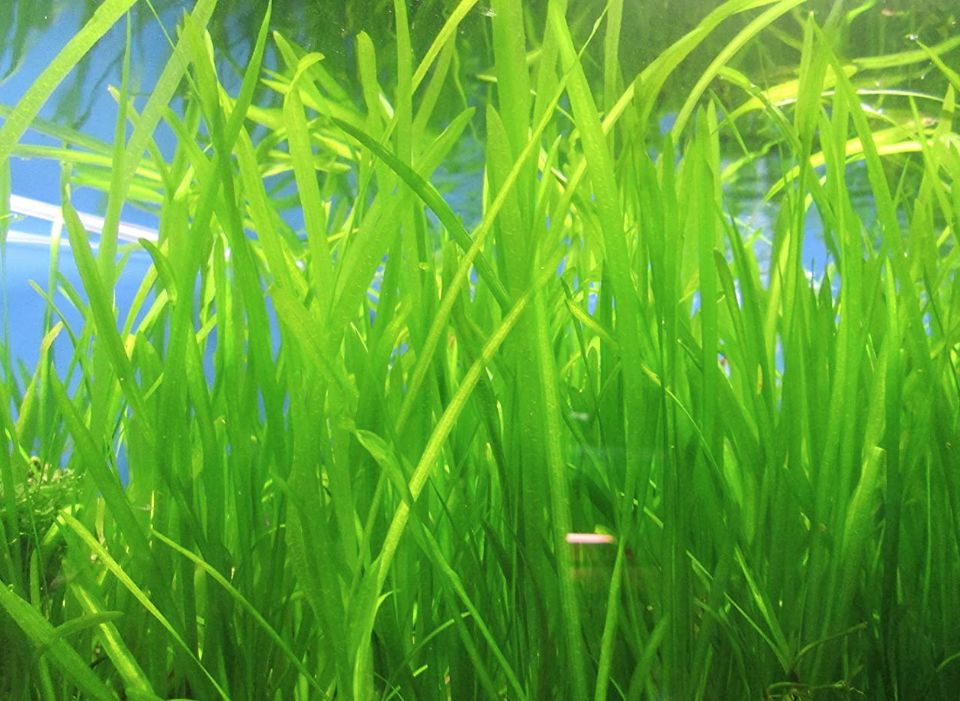
Contents
Plant Habitat in the wild
The genus Vallisneria comprises true aquatic plants, also known as hydrophytes, which are ideally adapted to thrive in underwater environments. Named after the esteemed Italian naturalist Antonio Vallisneri, who made substantial contributions to botany during the 17th and early 18th centuries, this genus exemplifies the beauty and functionality of aquatic flora. Vallisneri’s work, especially his studies on plant anatomy and reproduction, laid the groundwork for modern botany.
All species are found in freshwater basins across the tropics and subtropics of both hemispheres, with some extending into temperate regions. They thrive in various ecosystems, from ponds to slow-moving rivers, where they create dense vegetation in depths around 1 meter. These plants are typically rooted in the sediment, where their long, ribbon-like leaves emerge and can reach the water’s surface. Depending on the species and environmental conditions, these leaves vary in width, length, and texture, contributing to the ecological diversity of their habitats.
In addition to their natural significance, species are popular in aquariums due to their oxygenation capabilities and ability to provide shelter for aquatic life. By incorporating these plants, aquarists can enhance the health and aesthetics of their underwater environments.
Description
The genus encompasses a wide variety of plants found around the globe, many of which thrive successfully in aquarium tanks. Understanding these plants is essential for aquarists looking to create a vibrant underwater environment. However, a significant challenge arises from the fact that common commercial names often do not align with scientific names. This discrepancy can lead to confusion, as the same plant may be sold under multiple names.
Additionally, the appearance of these plants can vary significantly based on their growing conditions. Factors such as light, water quality, and nutrient availability influence their size, color, and leaf structure. This variability makes it crucial for aquarists to familiarize themselves with the specific requirements and characteristics of each plant to ensure they select the right species for their tanks.
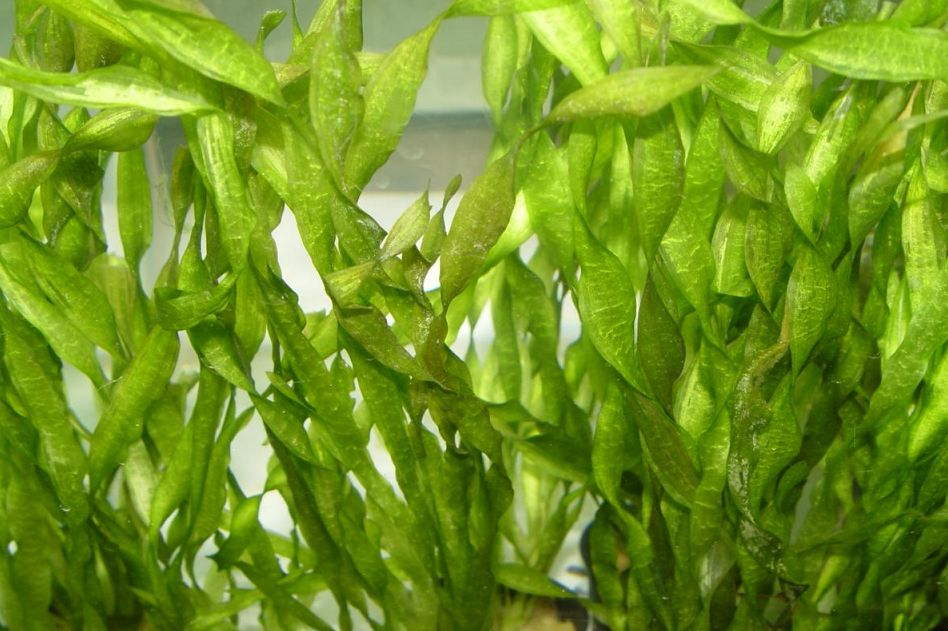
types of vallisneria
Vallisneria spiralis
Known as straight vallisneria or straight tape grass, it is one of the most common and widely available species in the aquarium trade. Its long, straight leaves can grow tall enough to reach the water’s surface, creating a lush, natural look in any tank. While many aquarium enthusiasts refer to this species for its ribbon-like, bright green leaves, its name actually derives from the spiral shape of its floral stem, not its foliage.
It is the most widespread aquarium plant and is particularly popular among hobbyists for its resilience and adaptability. It provides essential cover for fish and other aquatic creatures, making it an excellent choice for both beginner and experienced aquarists looking to enhance their underwater landscapes.
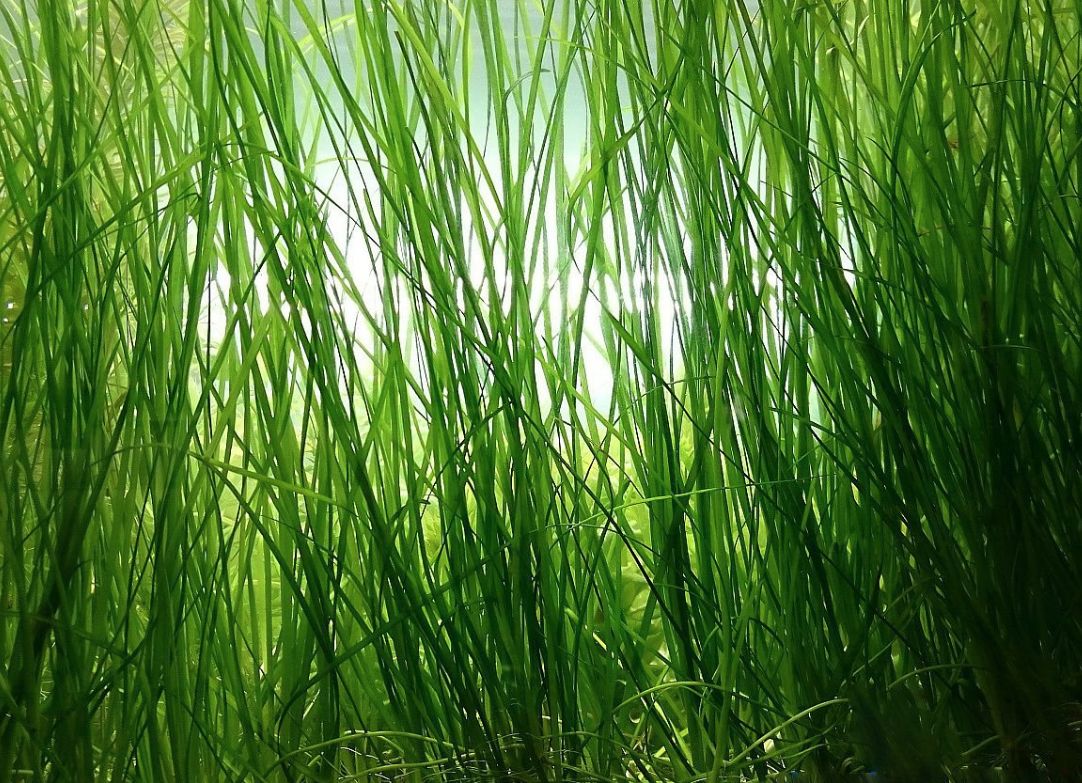
| Characteristic | Description |
|---|---|
| Common Name | Straight Vallisneria, Straight Tape Grass |
| Scientific Name | Vallisneria spiralis |
| Leaf Shape | Long, straight, ribbon-like leaves |
| Leaf Color | Green |
| Growth Habit | Submerged aquatic plant |
| Height | Can reach up to 1-2 feet (30-60 cm) |
| Width | Leaves can be 0.2-0.5 inches (0.5-1.2 cm) wide |
| Growth Rate | Moderate to fast |
| Light Requirement | Moderate to high |
| CO2 Requirement | Low |
| Water Temperature | 68-82°F (20-28°C) |
| pH Range | 6.5-8.5 |
| Water Hardiness | Can tolerate a range of water hardness levels |
| Propagation | Runners, lateral shoots |
| Difficulty Level | Easy |
| Suitable for Aquariums | Yes |
| Suitable for Ponds | Yes |
Vallisneria americana
Commonly known as American eelgrass, is native to North America and is frequently used in both aquariums and ponds. This species is easily recognized by its narrow, curved leaves, which typically measure about 3 to 5 mm in width and can grow up to 30 cm long. The distinctive shape of its leaves has earned it the nickname “corkscrew vallisneria.”
This plant is known for its rapid growth and ability to propagate through runners, which are small copies of the parent plant that can establish themselves nearby. Americana has been part of the aquarium hobby since 1991, when it was first introduced to Germany by the Dennerle company. Its resilience and attractive appearance make it a popular choice for aquarists seeking to create vibrant underwater landscapes.

| Characteristic | Description |
|---|---|
| Common Name | American eelgrass, corkscrew vallisneria |
| Scientific Name | Vallisneria americana |
| Leaf Shape | Long, narrow, twisted shape leaves |
| Leaf Color | Green |
| Growth Habit | Submerged aquatic plant |
| Height | Can reach up to 8-12″ (up to 30 cm) |
| Width | Leaves can be 0.1-0.3 inches (0.3-0.8 cm) wide |
| Growth Rate | Moderate to fast |
| Light Requirement | Moderate to high |
| CO2 Requirement | Low |
| Water Temperature | 68-82°F (20-28°C) |
| pH Range | 6.5-8.5 |
| Water Hardiness | Can tolerate a range of water hardness levels |
| Propagation | Runners, lateral shoots |
| Difficulty Level | Easy |
| Suitable for Aquariums | Yes |
| Suitable for Ponds | Yes |
Vallisneria gigantea
Vallisneria gigantea is distinguished by its impressive size and broad leaves, making it a striking addition to tropical aquariums. Native to Asia and Australia, this species features linear leaves that can exceed 50 cm in length and vary in color from bright to dark green. Due to its substantial size, Vallisneria gigantea is best suited for larger tanks.
While this plant is relatively undemanding, its large size means it is seldom kept in smaller home aquariums. It grows consistently throughout the year and is particularly valued by enthusiasts with larger fish species. Its robust nature allows it to thrive alongside these fish, providing an attractive backdrop and enduring any potential nibbling.
For optimal growth, tank illumination should be bright. However, the long leaves can cast shadows on shorter plants growing below. Therefore, in addition to intense overhead lighting, it’s advisable to install additional lateral lighting in the tank to ensure all plants receive adequate light.
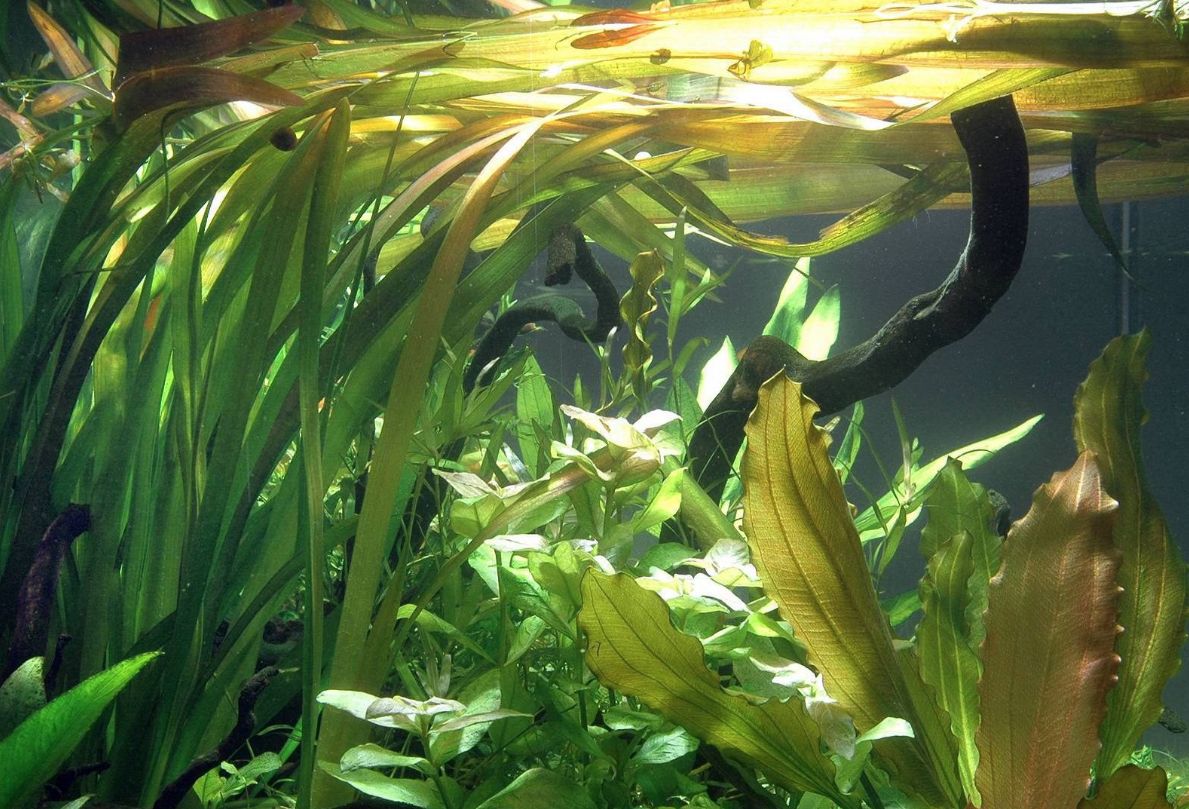
| Characteristic | Description |
|---|---|
| Common Name | Giant Vallisneria |
| Scientific Name | Vallisneria gigantea |
| Leaf Shape | Long, broad, strap-like leaves |
| Leaf Color | Green |
| Growth Habit | Submerged aquatic plant |
| Height | Can reach up to 20 inches (50 cm) |
| Width | Leaves can be 0.6 inch (1.5) wide |
| Growth Rate | Moderate to fast |
| Light Requirement | Moderate to high |
| CO2 Requirement | Low |
| Water Temperature | 68-82°F (20-28°C) |
| pH Range | 6.5-8.5 |
| Water Hardiness | Can tolerate a range of water hardness levels |
| Propagation | Runners, lateral shoots |
| Difficulty Level | Easy |
| Suitable for Aquariums | Yes |
| Suitable for Ponds | Yes |
Vallisneria nana
Commonly known as dwarf vallisneria, it is a variant characterized by its thin, grass-like leaves that resemble tall hairgrass more than typical Vallisneria species. This makes it an excellent choice for smaller aquariums or for foreground planting in aquascapes.
Originating from Central and South America, nana is relatively new to the aquarium hobby. In the wild, it typically grows to about 30 cm, making it shorter than many other species, which is reflected in its name “nana,” meaning dwarf.
The plant features light green leaves that appear ribbon-like and grows quickly, producing numerous runners. When placed in the background of an aquarium, Vallisneria nana can create a dense, lush green curtain, adding depth and vibrancy to the landscape.
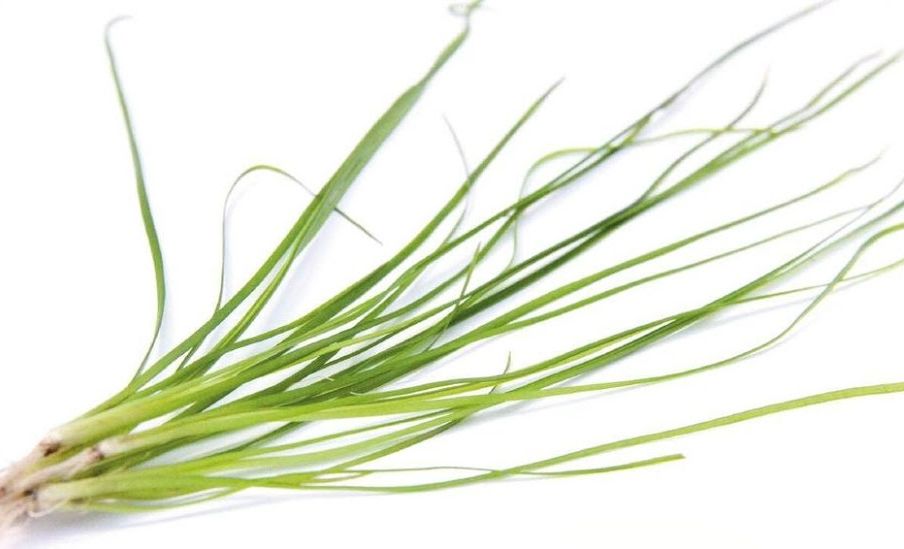
| Characteristic | Description |
|---|---|
| Common Name | Vals Nana |
| Scientific Name | Vallisneria nana |
| Leaf Shape | Long, narrow leaves |
| Leaf Color | Green |
| Growth Habit | Submerged aquatic plant |
| Height | Typically grows up to 6-12 inches (15-30 cm) |
| Width | Leaves can be 0.2-0.4 inches (0.5-1 cm) wide |
| Growth Rate | Moderate |
| Light Requirement | Moderate to high |
| CO2 Requirement | Moderate |
| Water Temperature | 68-82°F (20-28°C) |
| pH Range | 6.5-8.5 |
| Water Hardiness | Can tolerate a range of water hardness levels |
| Propagation | Runners, lateral shoots |
| Difficulty Level | Easy |
| Suitable for Aquariums | Yes |
| Suitable for Ponds | Yes |
Difficulties in keeping
Vallisneria is a versatile and easy-to-cultivate plant, making it an excellent choice for beginner aquarists. Its hardiness allows it to thrive across a wide range of tank conditions, with temperature variations from 16 to 30 °C. This plant does not require special fertilizers, as a naturally silted substrate is sufficient for its growth.
When replanting plant into a new tank, it’s essential to give it time to adapt. Initially, the plant may stop growing and propagating, but after about 1 to 2 months, it typically resumes rapid growth. Vallisneria propagates by sending out runners, each with a bud that can develop into a new plant. With favorable conditions, plant can spread quickly and, in a short period, may even fill the entire tank, creating a lush aquatic landscape.
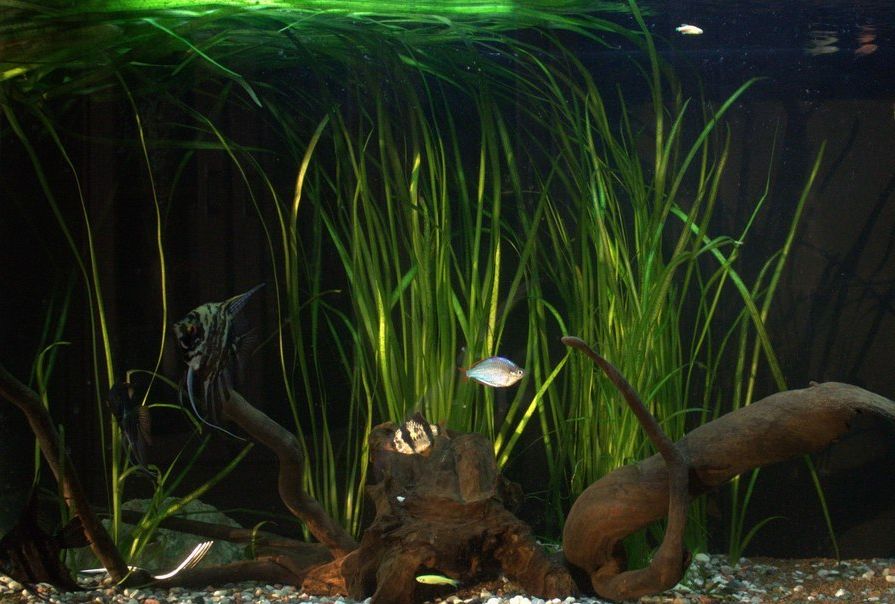
How fast does vallisneria grow?
The growth rate of Vallisneria can vary based on several factors, including environmental conditions, lighting, nutrient availability, and the specific species or cultivar. Generally, plant is known for its moderate to fast growth rate when placed in suitable conditions.
Under optimal circumstances—with adequate lighting, a nutrient-rich substrate or water column fertilization, and proper CO2 levels—can exhibit rapid growth. The plant will send out runners and produce new lateral shoots, enabling it to spread and form dense stands or meadows.
In ideal conditions, Vallisneria can grow several inches per week, with leaves extending toward the water’s surface. Depending on the species, it’s not uncommon for plants to reach heights of 1 foot or more. However, growth rates can differ between species and even among individual plants due to variations in health and environmental factors.
Care and keeping in a tank
Vallisneria can be effectively grouped in the background, middle, or corners of an aquarium. The wider and longer the tank, the more comfortable the plant will be. Interestingly, the height of the tank is not a significant limiting factor, as the light-absorbing properties of water have minimal impact on the growth of species.
One important care tip for Vallisneria is to avoid cutting its leaves, a common mistake among beginner aquarists. While the plant is quite resilient, cutting the leaves can lead to yellowing and rot at the cut points. To maintain the health and vitality of Vallisneria, it’s best to let the leaves grow naturally and focus on providing optimal conditions for its development.
Vallisneria can create a natural backdrop in aquariums, providing shelter for fish and helping to reduce stress. Its ability to grow tall and dense makes it an effective tool for creating separation in community tanks. This plant is often used in breeding setups, as its foliage provides hiding spots for fry. Additionally, plant helps improve water quality by absorbing excess nutrients and providing oxygen. With proper care, Vallisneria can thrive for many years, making it a long-lasting addition to any aquarium.
Light requirements
Vallisneria has moderate to high light requirements. While it can tolerate lower light conditions, providing adequate lighting will promote healthier growth and more robust leaves. Sufficient light is essential for effective photosynthesis, which is crucial for the plant’s overall development.
Like most higher plants, Vallisneria prefers bright light. However, if light levels are insufficient, the plant will not die; it will continue to grow but at a slower pace. To determine the optimal light intensity, it’s best to experiment with different levels, starting from the maximum lighting suitable for the current tank setup—taking into account lamp wattage and duration of use—down to the minimum level at which the plants stop growing entirely.
Vallisneria can adapt to various lighting types, including fluorescent, LED, and incandescent, although LEDs are often preferred for their efficiency. In optimal lighting conditions, can display vibrant green colors and develop denser foliage. Insufficient lighting can lead to leggy growth, where the plant stretches toward the light source, resulting in thin, weak leaves. Regular adjustments to lighting can help aquarists respond to changing growth patterns and plant health. Additionally, experimenting with light duration—typically 10 hours a day—can enhance growth and prevent algae blooms in the aquarium.
Temperature
All species grow at wide temperature range, that’s why you can grow them both in tropical tanks and those without heating. Lower temperature limit for most plants is 15 °C, tropical species are exception in this case. These are most of pygmy species that stop growing when the temperature is just 18-20 °C. In general vallisneria is undemanding and it can be recommended for beginner aquarists.
Water parameters
In the wild, Vallisneria grows in a wide range of hydrochemical parameters, showcasing its adaptability to various water conditions. While the preferred water parameters can vary slightly depending on the specific species or variety, generally tolerates a broad spectrum.
Most species, including tropical varieties, prefer water with medium hardness and a neutral to slightly acidic pH. Vallisneria can tolerate a pH range of 6.5 to 8.5, adapting to slightly acidic to slightly alkaline environments. However, keeping the pH around neutral (7.0) is recommended for optimal growth.
Additionally, Vallisneria is adaptable to various water hardness levels, capable of thriving in both soft and hard water conditions. The general range for water hardness, measured in degrees of hardness (dH), is between 2 and 20 dH.
It’s important to note that very acidic water (with a pH less than 5) and very soft water (with a dGH less than 4°) are detrimental. In such conditions, the plant can quickly die due to the dissolution of potassium in its tissues.
CO2
While Vallisneria can thrive in aquariums without supplemental CO2 injection, providing moderate to high levels of CO2 can significantly enhance its growth and overall health. CO2 supplementation is particularly beneficial in heavily planted aquariums, where competition for nutrients and light is greater, or if you aim to achieve faster growth rates.
By increasing CO2 levels, plant can carry out photosynthesis more efficiently, leading to more robust leaf development and improved overall vitality.
Substrate
The type of bottom substrate, its thickness, and silt content are not crucial for Vallisneria, but having a substrate depth of at least 2-3 inches (5-7.5 cm) is recommended to provide sufficient anchoring and room for root development. Vallisneria has long roots that can extend deep into the substrate, allowing it to thrive in various conditions.
While plant can grow in substrates with different grain sizes, a medium to fine-grained substrate is often preferred. Finer substrates allow the roots to anchor more securely and facilitate the spreading of runners throughout the substrate.
Additionally, Vallisneria benefits from a nutrient-rich substrate. Consider using substrates specifically designed for planted aquariums, which typically contain essential nutrients like iron and trace elements that promote healthy growth. Alternatively, incorporating root tabs or nutrient-rich additives into the substrate can provide the additional nutrients.
Nutrients
Generally, Vallisneria does not require additional fertilization, as the natural silting of the substrate typically provides sufficient nutrients for its growth. However, it’s essential to monitor water quality, as plant is sensitive to certain chemicals.
One significant concern is Vallisneria’s adverse reaction to excess copper in the water. This chemical can enter the aquarium through algae control products or treatments for shellfish. Additionally, some medications may contain cupric sulfate, which can be harmful to Vallisneria. If you decide to treat your fish in a tank containing this plant, be cautious, as exposure to copper can lead to plant death.
Moreover, Vallisneria can also be negatively affected by the presence of iron oxide (rust) in the tank water. To ensure the health and longevity of your plants, it’s crucial to select aquarium products carefully and regularly test water parameters.
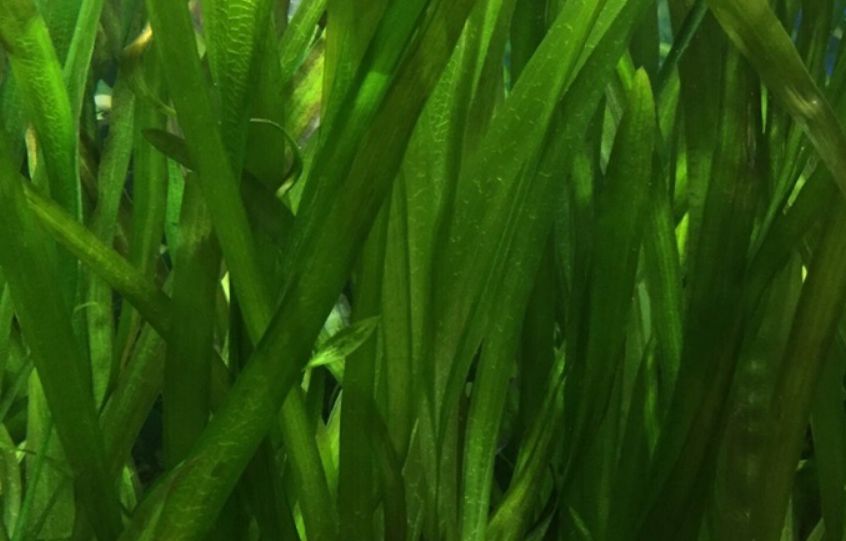
how to propagate
Vallisneria is known for its excellent propagation (as hornwort), with one parent plant capable of producing over fifty bulbils in a year. This species faces minimal issues with propagation, primarily relying on vegetative methods in an aquarium setting.
Daughter plants form from runners that extend from the rosette base of the parent plant, typically growing 5-10 cm away. Once these new plants establish roots, they also begin to produce their own runners, creating a cascade of young bushes. You can separate the young plants from the parent when they have developed 3-4 leaves, measuring around 6-8 cm long. However, even if left attached, the runner connecting the new and parent plants will eventually die off on its own.
Typically, these bushes do not require weeding unless they start to overshadow other plants in the tank. Vallisneria grows uniformly throughout the year, without a visible dormant period, although its growth rate may fluctuate. It is normal for the plant to stop growing suddenly after a period of active growth; this pause usually lasts only a few weeks before growth resumes.
Parent plants generally have a lifespan of about 2-3 years, and their death is often negligible, as the number of new bushes produced far outweighs any losses.